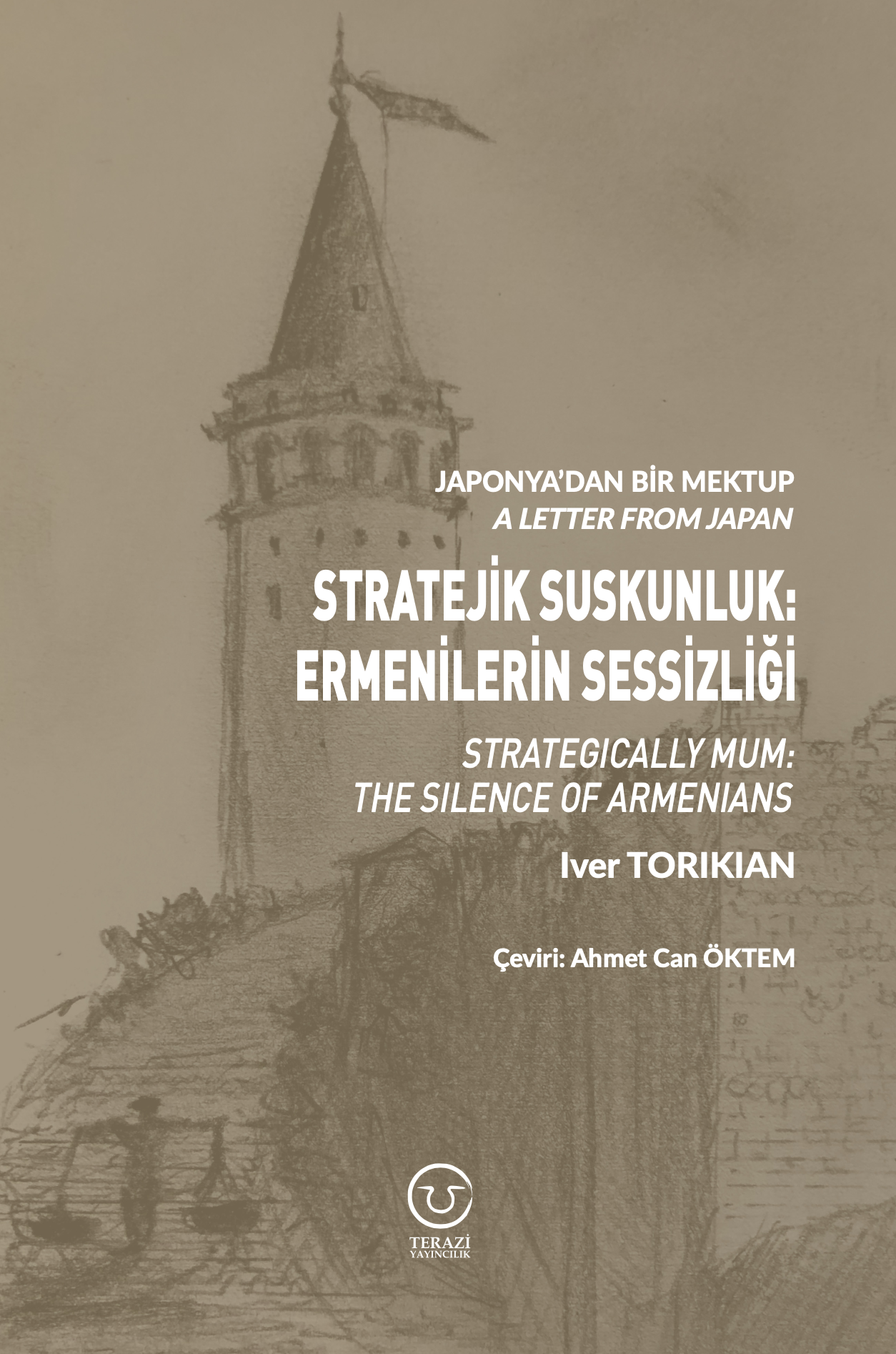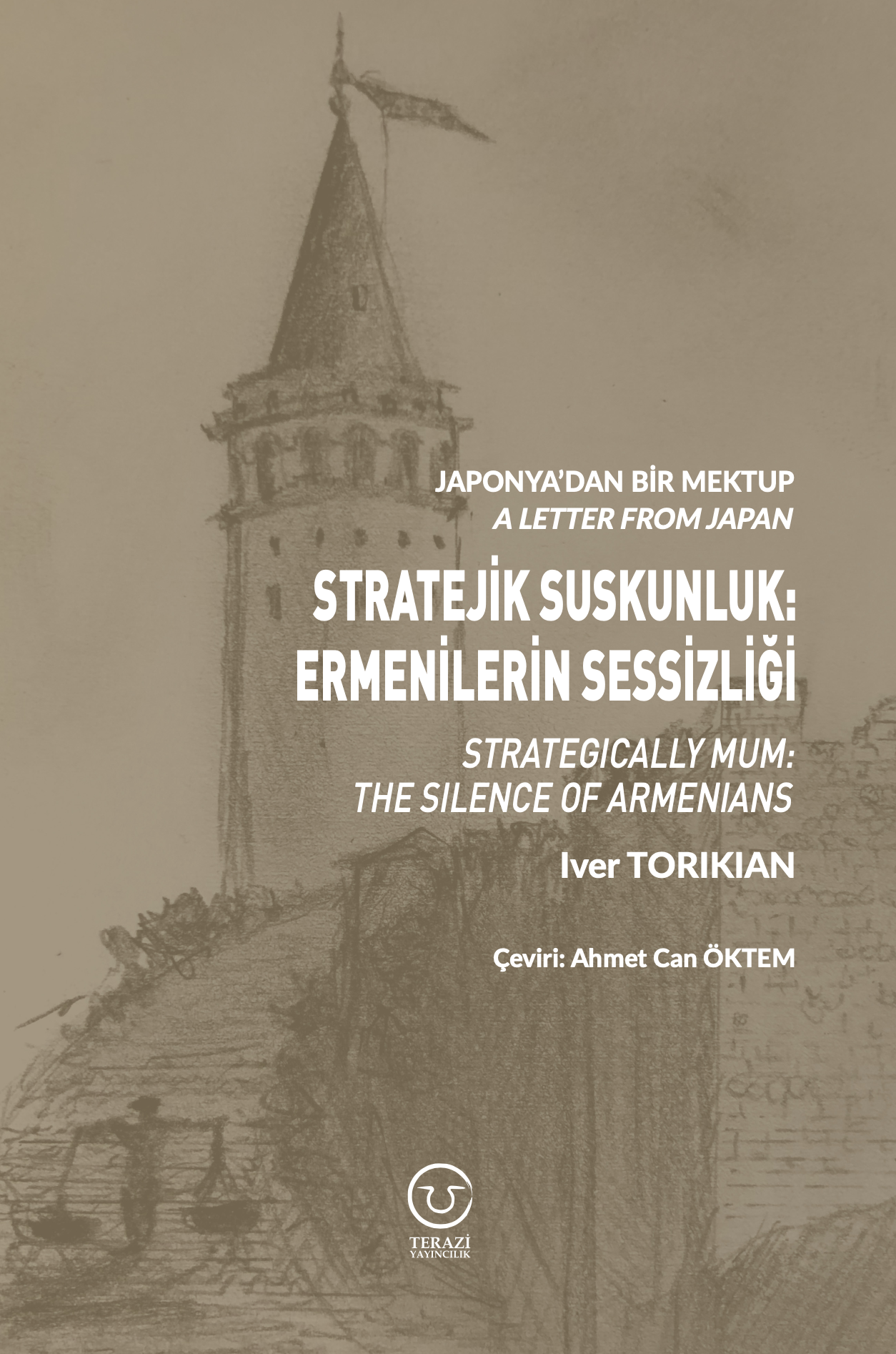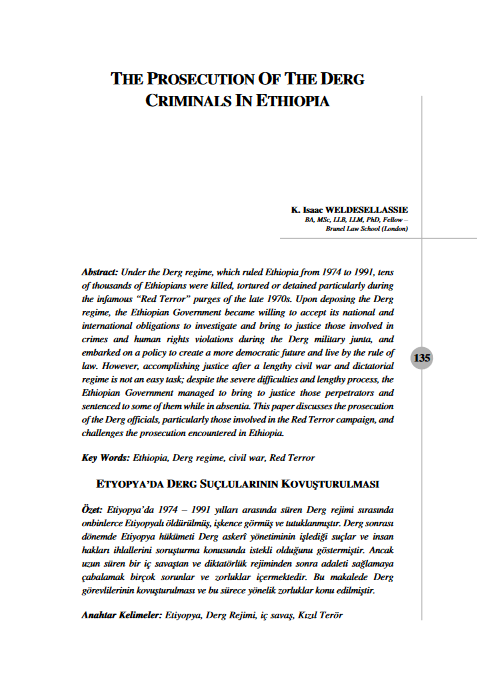The Silk Road is a historically important trade route connecting China and the Mediterranean. In centuries, the Silk Road gradually lost its value and importance in the modern period due to developments in maritime transportation and political circumstances in the region.
Today, Chinese approach to Central Asia is based on advancing China’s own economic and business interests. China sees Central Asia as an important region that will help promote its own economic growth via trade routes that satisfy the Chinese demand for hydrocarbon resources. China gladly makes generous investments in the Central Asian infrastructure when it finds that these investments will benefit to Chinese economy. For example, China invests $40 billion for Silk Road infrastructure. This revives the centuries old Silk Road again in the 21st Century.
China has been pursuing great interest in developing multilateral partnerships with Central Asian countries in many areas, including energy, and trade and transportation routes. One of the most important energy deals between Central Asia and China is the 1100-mile gas pipeline that transports Turkmen gas to China via Uzbekistan and Kazakhstan.
In 2013, Chinese President Xi Jinping unveiled plans for two massive trade and infrastructure networks connecting East Asia with Europe. The New project of Silk Road is known as the Silk Road Economic Belt and the Maritime Silk Road. The Silk Road New project will bring new opportunities and a new future to China and every country along the road that is seeking to develop. The article envisions an “economic cooperation area” that stretches from the Western Pacific to the Baltic Sea. China hopes to gain closer cultural and political ties with each of the countries along the Silk Road — resulting in a new model of “mutual respect and mutual trust.” The Silk Road creates not just an economic trade route, but a community with common interests, fate, and responsibilities. The Silk Road represents China’s visions for an interdependent economic and political community stretching from East Asia to Western Europe, and it’s clear that China believes its principles will be the guiding force in this new community. China’s wisdom for building an open world economy and open international relations is being drawn on more and more each day.
Iran is at the heart of a number of key Chinese strategic interests, including greater and more diversified supplies of energy, building a Silk Road connecting the Middle East to China via Central Asia, and increasing its influence in the region.
The Silk Road consisted of a series of land and marine routes that linked various civilizations. This road made a great contribution to the development of human civilization. In Iran, the Silk Road has a special importance. Considering the role of silk in ancient times, it can be said that the history of Iran and the Silk Road were intertwined. The trade and cultural exchange between the two great countries of Iran and China were carried out via the Silk Road.
By constructing this network of railroads, commercial transit on a global scale has been reduced between East-West and South-North by weeks, compared to sea routes. Besides trade, this development corridor-building has massive implications for the economic, social, and political developments for the peoples involved. From the very beginning, the construction of this railroad and revival of the Silk Road, which was accomplished by contrivance of Iran’s authorities, was meant to provide the basis of economic growth and diplomatic relations promotion in the region. The Islamic Republic of Iran also welcomed the recent initiative announced by President of China Xi Jinping to launch the Silk Road Economic Belt. President Hassan Rouhani said in a press conference that “China is now Iran’s China is now Iran’s biggest trade partner. We have many cooperation agreements with China on international and regional issues. . . . We agree with the idea of the revival of the Silk Road. In the past, China has been engaged with the countries alongside the Silk Road in the aspects of culture, economy, and trade, and also in other areas like energy and transportation. These ties between China and Iran and other countries in the region can be resumed. So the plan of the Silk Road Economic Belt could be successful.”[1]
© 2009-2025 Center for Eurasian Studies (AVİM) All Rights Reserved

 THE BRAZILIAN MINISTER OF FOREIGN AFFAIRS HAS DISAPPOINTED ARMENIA
THE BRAZILIAN MINISTER OF FOREIGN AFFAIRS HAS DISAPPOINTED ARMENIA
 THE SPEECH OF ARMENIA’S PRESIDENT AT THE PARLIAMENTARY ASSEMBLY OF COUNCIL OF EUROPE
THE SPEECH OF ARMENIA’S PRESIDENT AT THE PARLIAMENTARY ASSEMBLY OF COUNCIL OF EUROPE
 THE ART OF DODGING THE QUESTION
THE ART OF DODGING THE QUESTION
 THE INAUGURATION SPEECH OF THE NEWLY ELECTED ARMENIAN PRESIDENT ARMEN SARKISSIAN: MORE OF THE SAME IDEOLOGICAL OUTLOOK
THE INAUGURATION SPEECH OF THE NEWLY ELECTED ARMENIAN PRESIDENT ARMEN SARKISSIAN: MORE OF THE SAME IDEOLOGICAL OUTLOOK




























